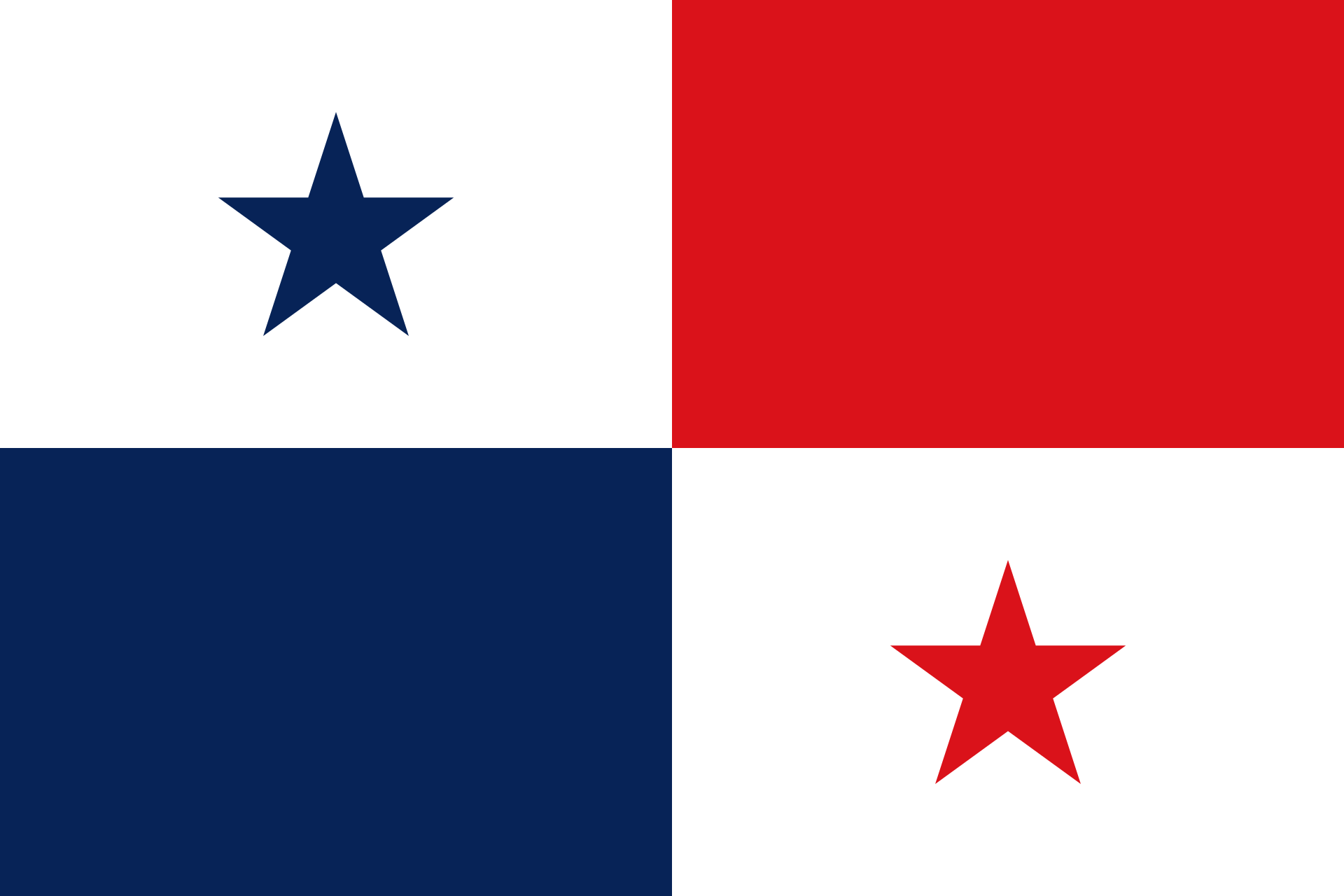At a glance
CDC works with partners in Panama to build sustainable public health capacity, strengthen laboratory systems and surveillance networks, deliver high-quality HIV and TB diagnostic, treatment, and prevention services, and respond swiftly to disease outbreaks at their source, preventing health threats from reaching the U.S.

Strategic focus
Since 2003, the U.S. Centers for Disease Control and Prevention (CDC) has collaborated with the Ministry of Health (MOH) and the Council of Health Ministers of Central America to respond to the HIV epidemic in Panama. CDC supports countries in achieving UNAIDS 95-95-95 targets and global milestones for tuberculosis (TB).
CDC remains committed to working closely with national governments and other key partners in expanding effective HIV testing and counseling strategies, linking newly diagnosed individuals to treatment, intensifying TB case finding and preventive treatment among people living with HIV (PLHIV), implementing early treatment initiation and differentiated service delivery models, and strengthening laboratory, health information, and surveillance systems across the region.
Read more about CDC's most recent key activities and accomplishments below.
Building public health capacity
- Introduced an in-country Extension for Community Healthcare Outcomes (Project ECHO) model, an innovative tele-mentoring initiative where experts lead virtual training to enhance healthcare providers' ability to deliver high-quality care in underserved communities.
- Collaborated with the MOH to estimate HIV prevalence and the number of people at greater risk of HIV. This effort informs public health interventions while training investigators and the MOH in research methodologies for future studies.
- Established a government-to-government agreement to strengthen information systems and building capacity within the MOH.
Strengthening laboratory systems and networks
- Improved access to HIV testing among undiagnosed PLHIV by supporting case-finding in CDC-supported supported provinces. This includes testing as part of outreach strategies for people at greater risk of HIV, index testing services (identifying current and former partners and household members of PLHIV), and optimized provider and community testing focusing on men.
- Launched recent HIV infection surveillance to identify areas of active transmission (e.g., PLHIV infected in the past 12 months) to guide case-finding and prevention strategies.
- Collaborated with MOH and other partners to strengthen viral load networks. Established a new regional laboratory to improve viral load coverage in rural areas and ensure timely results.
HIV prevention and treatment
- Supported the provision of a comprehensive treatment package that includes Track and Trace Pre-antiretroviral therapy (ART) that supports linkage to ART health facilities, rapid ART initiation, diagnosis and management of HIV advanced and disease opportunistic infections, and TB prevention.
- Promoted optimized treatment regimens, including Tenofovir/Lamivudine/Dolutegravir, and differentiated service delivery models, such as pharmacy fast-track refills, multi-month prescriptions, high viral load tracking and management, intensified counseling, and follow-up of HIV patients.
- Supported the retention and re-engagement of PLHIV who are not receiving care or are not virally suppressed.
Tuberculosis prevention and treatment
• Promoted referrals for managing TB treatment and other chronic conditions.
By the numbers
HIV
Estimated HIV Prevalence (Ages 15-49)
1.0% (2023)
Estimated HIV Deaths (Age ≥15)
<500 (2023)
Reported Number Receiving Antiretroviral Therapy (ART) (Age ≥15)
20,026 (2023)
TB
Estimated TB Incidence
58/100,000 population (2023)
Reported Percent of People with TB and HIV
17% (2023)
TB Treatment Success Rate
74% (2022)